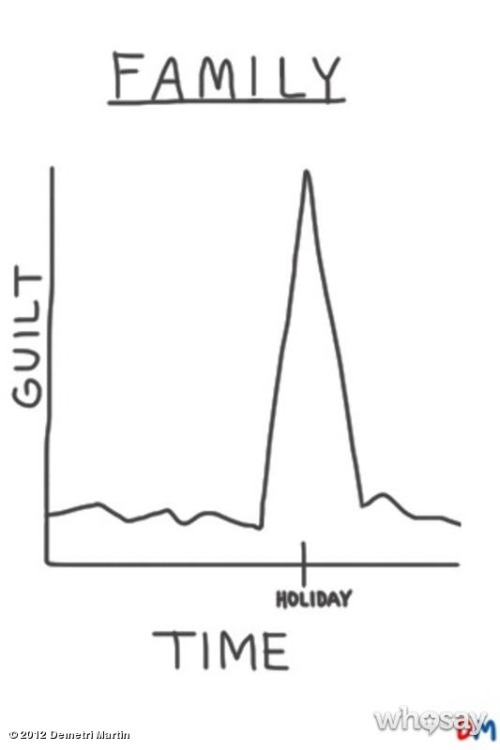Full disclosure: I am an Eoin (pronounced "Owen") Colfer (pronounced "Colfer") fan.
I have read everything he's written, all fifteen or so young adult works, his handful of young readers, and his two novels for adults (well, three, really, counting his Part Six of Three continuation of Douglas Adams's
Hitchhiker series). I got 30 copies of Artemis Fowl and made 35 of my students read it. I
"liked" him on Facebook. We named our dog after him (though we spell it "Owen").
Moreover, I consider him a modern master; he can balance a swiftly developing, viscously convoluted plotline while drawing in precise detail fascinating and wildly different characters. His scenes remain embedded in your memory as if they had happened to you; you will see people in the park or grocery store and mistake them for his characters. Pardon me a second while I wipe the foam from the corners of my mouth.
Colfer is best known for his
nine-book Artemis Fowl series, and this title marks the first in a new, open-ended series involving time travel between
Victorian London (think Jack the Ripper) and the modern day. And my mentioning of
Jack the Ripper is not accidental: the villain in this novel is the man who is such a murderous devil - Garrick - that he himself knifed Jack the Ripper just to show him up. Now that's a bad dude.
Witness how Colfer controls the tension in a particularly bloody scene:
Percival whistled two notes, high and low. The signal for Turk to advance from the folds of velvet curtain that concealed him.
Turk made even less noise than Percival, as he wore silken slippers, which he called his murder shoes. He came up on Garrick from the rear and reached out for a shoulder, to steady the magician for the scimitar's blade, but his questing fingers skinned themselves on glass instead of flesh and bone.
A mirror, thought Turk. I have been misled.
Terror sank into his gut like a lead anchor - he had the wit to know that he was done for.
The mirror image of Garrick reached out through the mirror and plucked Turk's own sword from his hand.
"You will not have need of this," said Garrick's image, and he plunged it directly into Turk's heart.
Turk died believing a phantasm had killed him.
Obviously, if you were expecting something cute and nifty along the lines of
Spy Kids, you, too, like Turk, have been misled. I doubt
Disney will be
making this one into a movie any time soon - it would be the first
NC-17 kids' movie ever.
But you can see, even in such a short passage from the center of the book. how Colfer shapes short-lived characters amidst a tense action scene - Turk's name, his silken slippers, his nickname for them, his scimitar, his darkly comic "I have been misled," his confusion as he dies - all these little touches delineate a character distinctive from the others (he is one of a trio sent to kill Garrick). Colfer makes this person real and living even as he kills him.
If you cannot bring your big adult self to read young adult fiction, no matter how masterly crafted, then go for
Plugged or
Screwed, Colfer's works for big people. However you go about it, step into one of his perfectly formed worlds and you'll find the boundaries of your world blown open.

